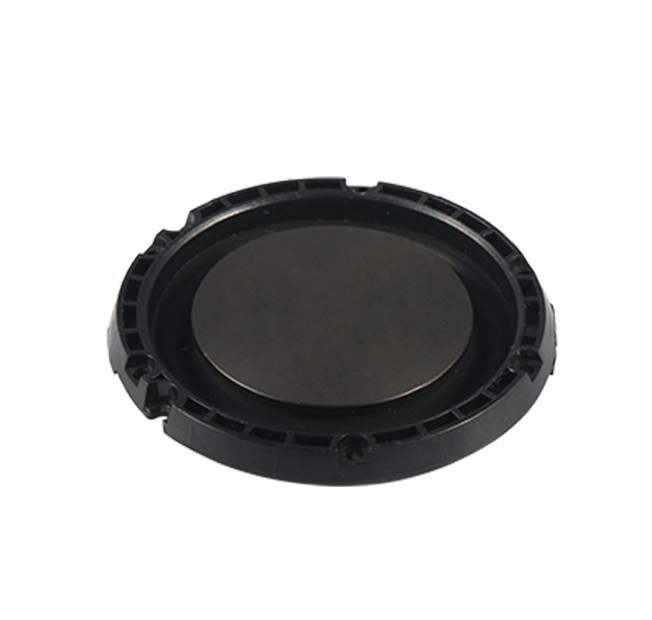Time:2025-06-17 Views:0 source:CNC Machining customization source:CNC Machining news

CNC wood processing technology has revolutionized the production of office furniture, enabling the creation of precise, high - quality, and customized wooden components. This technology encompasses several key processes and considerations to ensure the best results in terms of functionality, aesthetics, and durability.
Wood Material Selection and Preparation
The choice of wood material is fundamental in office furniture production. Different types of wood, such as oak, maple, walnut, and pine, have distinct characteristics in terms of strength, color, grain pattern, and workability. For example, oak is known for its strength and beautiful grain, making it suitable for load - bearing components like chair frames and table legs. Maple offers a smooth, light - colored surface, which is often preferred for tabletops and cabinet doors. The quality of the wood, including its moisture content, also plays a crucial role. Wood with an appropriate moisture content (usually around 8 - 12% for indoor furniture) is less likely to warp, crack, or split during machining and use. Before CNC processing, the wood needs to be properly prepared. This may involve drying the wood in a kiln, planing it to a uniform thickness, and cutting it into blanks of appropriate sizes.
CNC Machining Operations for Precision and Complexity
CNC machining operations for office furniture wood processing include milling, routing, drilling, and turning. Milling is used to shape the wood by removing material from its surfaces, creating flat surfaces, edges, and profiles. Routing is particularly useful for creating intricate patterns, slots, and decorative details. For example, CNC routers can carve out complex designs on wooden panels for cabinet doors or create dovetail joints with high precision. Drilling operations are used to create holes for screws, dowels, or other fasteners, ensuring accurate assembly of the furniture components. Turning is often employed for manufacturing cylindrical parts, such as chair legs or table pedestals. The use of CAD/CAM software in CNC wood processing allows designers to create detailed 3D models of the furniture, which are then translated into precise machining instructions for the CNC machines. This enables the production of highly customized and complex office furniture designs with consistent quality.
Finishing and Assembly for Aesthetics and Durability
After CNC machining, the wooden components undergo finishing processes to enhance their appearance and durability. Sanding is the first step in the finishing process, which smooths the surfaces of the wood and removes any machining marks. Different grits of sandpaper are used in sequence to achieve a fine, even surface. Staining is then applied if a specific color is desired, allowing the natural grain of the wood to show through while changing its color. Varnish, lacquer, or polyurethane coatings are commonly used to protect the wood from moisture, scratches, and UV damage. These coatings also add a glossy or matte finish, depending on the aesthetic requirements of the furniture. Finally, the finished components are assembled using various joinery techniques, such as screws, nails, dowels, or glue. Proper assembly ensures the stability and strength of the office furniture, making it suitable for daily use in office environments.
the CNC wood processing technology for office furniture involves careful material selection, precise machining operations, and appropriate finishing and assembly processes. By leveraging this technology, manufacturers can produce office furniture that combines functionality, aesthetics, and durability to meet the diverse needs of modern workplaces.
Read recommendations:
Sealing ring Precision electronic parts
Housing components for recessed downlights Precision electronic parts
Oval Magnetic Hardware Precision electronic parts
CNC Machining Dimension Accuracy
CNC processing factory - Meeting customers' strict requirements for precision